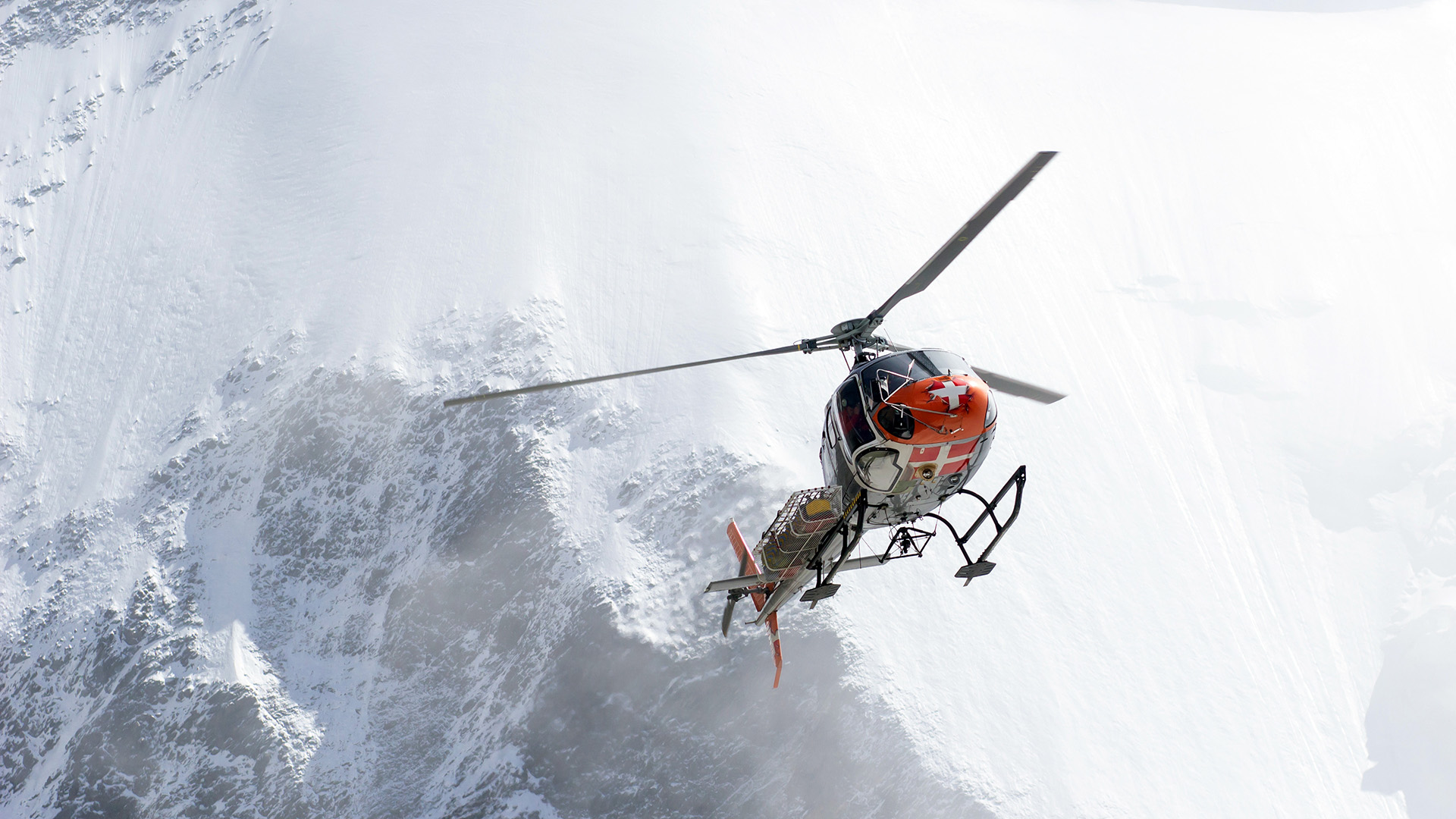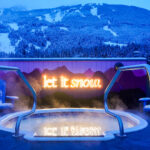
You don’t need to be planning to ski the Wapta Traverse to take an interest in emergency communications. Just ask the lost skier who used the AirFlare app to be found down the wrong drainage on the side of a foggy Soldier Mountain in Idaho last season. Here are tried and true—and new— options for getting help when you might be out of bounds, and out of range.
ORBITS, NOT OBITS
Satellite comms have offered peace of mind when beyond the range of cell towers for 15 years now. Building on basic functions (including “I’m OK” check-ins, remote tracking and S.O.S. alerts) modern units offer two-way text messaging. Pricey service fees and clunky operating systems are downsides.
The SPOT X ($348) is a standalone unit with a tiny QWERTY keyboard for typing short messages to email addresses or mobile phone numbers. Service plans range from $15 to $50 per month for yearly contracts, with flex plans that allow you to suspend coverage.
Garmin’s InReach Mini 2 ($539) enables two-way messaging, as per SPOT and allows you to communicate directly with rescuers in an emergency. It offers route-tracking and advanced GPS functions. Service plans are similar in price to SPOT.
Other two-way satellite communicators include Zoleo (with some of the cheapest, contract-free monthly plans), Somewear Labs (among the cheapest contracts) and the ACR Bivy Stick (lightweight, but must be paired with a smartphone for satellite text messaging).
SMARTPHONES FOR DUMB IDEAS
Cellphones are no longer only useful while in range.
The Motorola Defy Satellite Link ($299) is a new accessory that pairs with newer Android and iOS phones by Bluetooth and allows two-way satellite messaging—with affordable one-year subscription plans.
Apple has added a subscription-free satellite S.O.S. function to its iPhone 14 (and later models). Use it to text with Apple’s emergency services, which will contact appropriate rescue services.
MAKE THE MOST OF SIGNAL STRENGTH
As cellular connectivity creeps into the backcountry, these apps do more with weak signals to help you share your location.
AirFlare is used by some North American ski resorts to facilitate rescue in slackcountry areas with weak cell signals. Once installed on your phone, AirFlare (US$4.99 per year) acts as a tracking device, transmitting GPS locations to family and friends.
What3words bills itself as “the simplest way to talk about location.” The free app divides the planet into 3m squares, each described by three unique words (rather than coordinates). It uses your phone’s GPS to identify your position with a phrase—which can be shared with rescuers, simplifying communication when you have enough cell signal to get a message out.
The Backcountry SOS is a streamlined, free app. Just press a button and start a conversation (using pre-set messages) with a 911 dispatch centre.
Remember, when you call for a rescue you are often putting would-be rescuers in dangerous situations. Think of this growing category of technological backstops more as a source of peace of mind, than as a substitute for good judgement.




